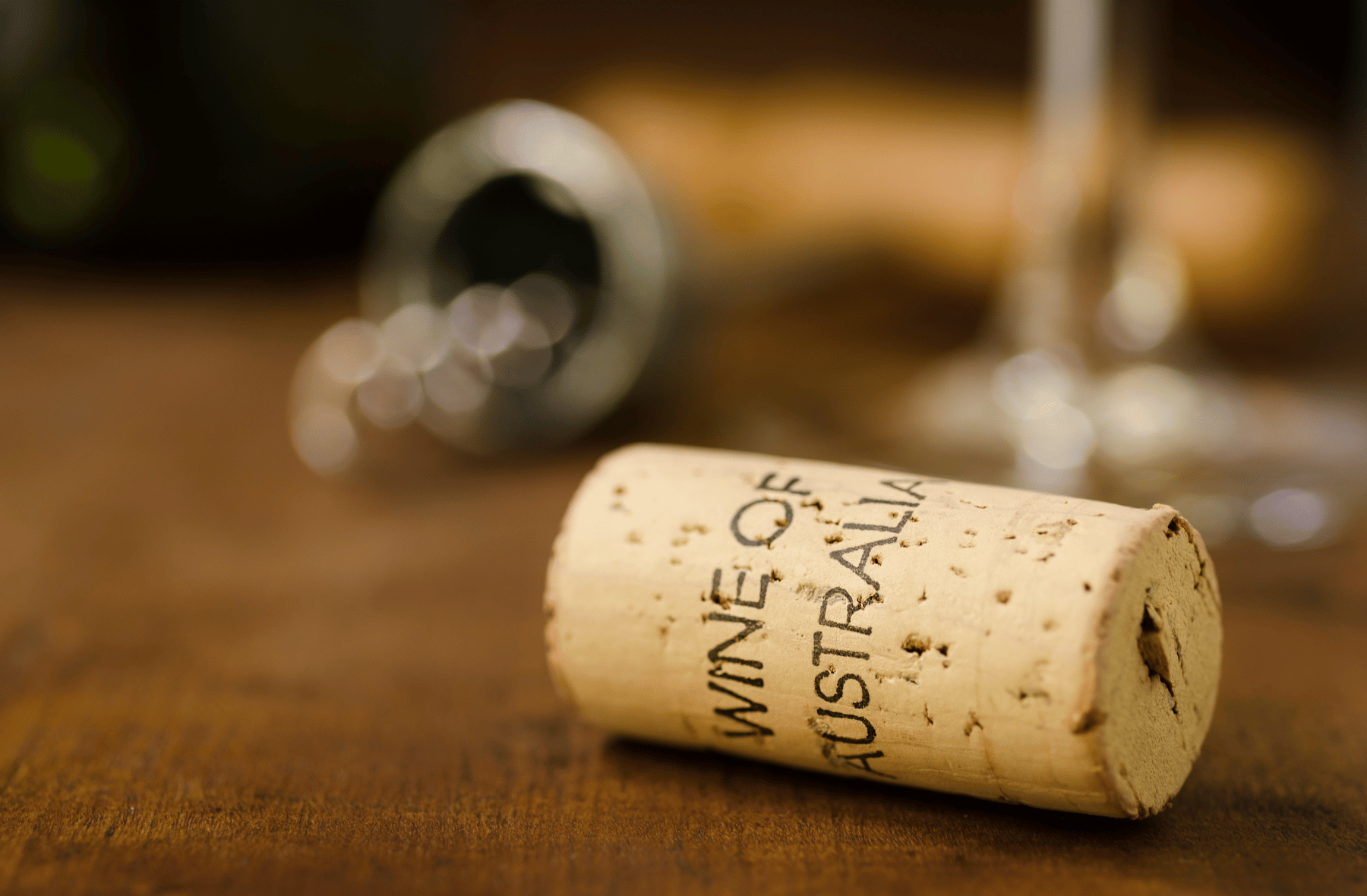AUSTRALIAN WINE REGIONS
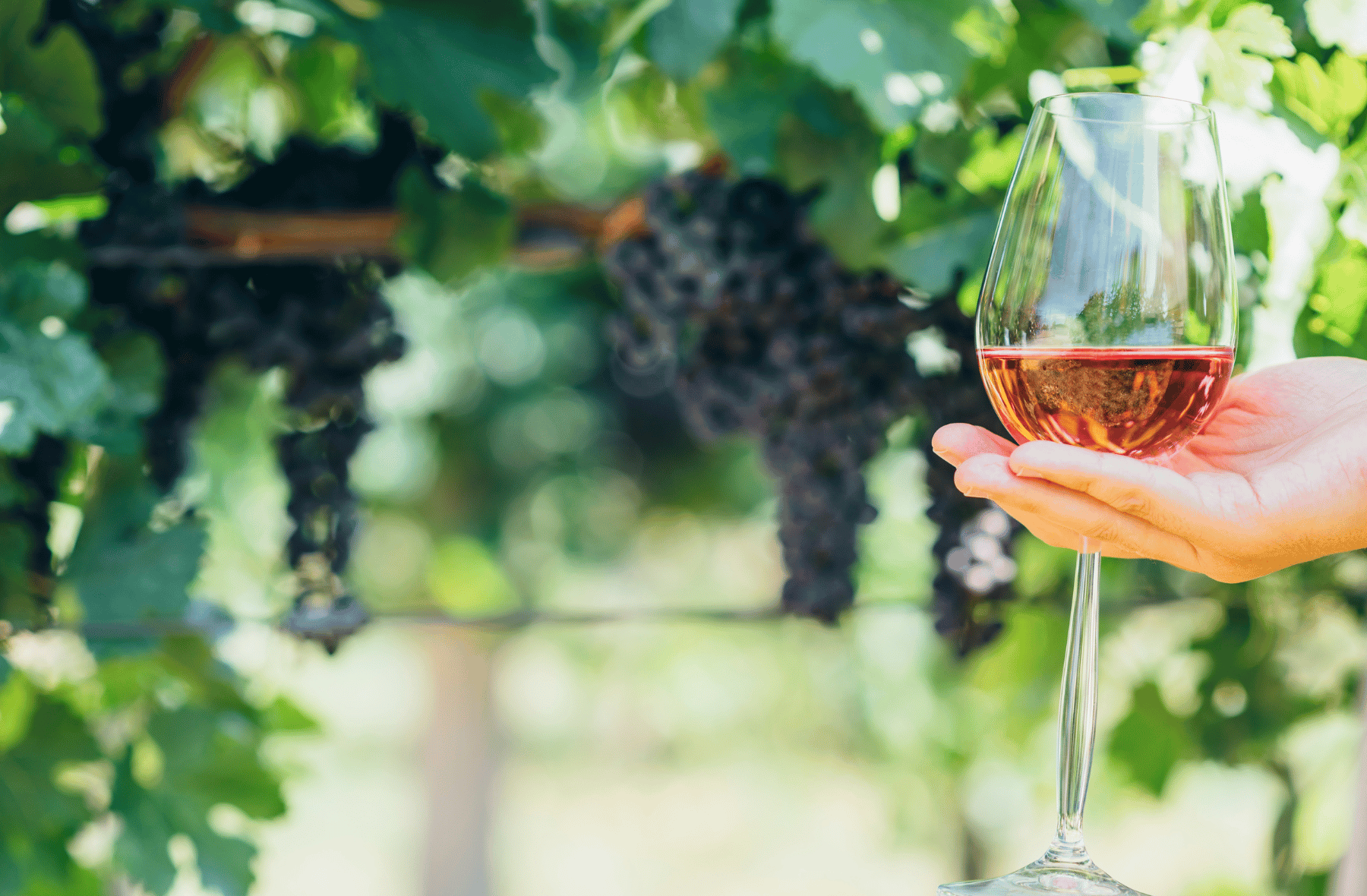
THE MAIN WINE REGIONS OF AUSTRALIA
Australia boasts over 60 designated wine regions, each with unique climates, soils, and grape varieties that contribute to the diversity of its wines.
Here are the main wine regions, renowned for their distinctive characteristics and contributions to the Australian wine industry.
Hunter Valley, New South Wales
- Key Features: Warm, humid climate with sandy and loamy soils.
- Famous For: Semillon, Chardonnay, and Shiraz.
- Highlights: As one of the earliest wine-growing regions in Australia, Hunter Valley is celebrated for its unique style of Semillon, which ages beautifully over time.
Barossa Valley, South Australia
- Key Features: Warm Mediterranean climate; rich, fertile soils.
- Famous For: Shiraz, Grenache, and Mourvèdre.
- Highlights: One of Australia’s oldest wine regions, Barossa Valley is synonymous with bold, full-bodied Shiraz. It is home to some of the country's most iconic wineries, such as Penfolds and Henschke.
Yarra Valley, Victoria
- Key Features: Cool-climate region with a long growing season.
- Famous For: Pinot Noir, Chardonnay, and sparkling wines.
- Highlights: Located near Melbourne, Yarra Valley is a hub for boutique wineries and is noted for its elegant, refined wines, especially Pinot Noir.
Margaret River, Western Australia
- Key Features: Warm Mediterranean climate; rich, fertile soils.
- Famous For: Shiraz, Grenache, and Mourvèdre.
- Highlights: One of Australia’s oldest wine regions, Barossa Valley is synonymous with bold, full-bodied Shiraz. It is home to some of the country's most iconic wineries, such as Penfolds and Henschke.
Coonawarra, South Australia
- Key Features: Terra rossa (red) soils and a cool climate.
- Famous For: Cabernet Sauvignon.
- Highlights: Coonawarra is renowned for its robust Cabernet Sauvignon, which reflects the region’s unique soil and climate.
Clare Valley, South Australia
- Key Features: Continental climate with cool nights and warm days.
- Famous For: Riesling and Shiraz.
- Highlights: Clare Valley is celebrated for its dry Rieslings, known for their purity, citrusy notes, and ability to age beautifully.
Adelaide Hills, South Australia
- Key Features: Cool climate with high-altitude vineyards.
- Famous For: Sauvignon Blanc, Chardonnay, and Pinot Noir.
- Highlights: Close to Adelaide, this region is known for its fresh, aromatic whites and vibrant, elegant reds.
McLaren Vale, South Australia
- Key Features: Mediterranean climate with diverse soils.
- Famous For: Shiraz, Grenache, and Cabernet Sauvignon.
- Highlights: Known for its innovation and sustainability, McLaren Vale produces wines with a focus on balance and vibrancy.
Great Southern, Western Australia
- Key Features: Large region with diverse sub-regions (e.g., Mount Barker, Denmark, Frankland River).
- Famous For: Riesling, Shiraz, and Cabernet Sauvignon.
- Highlights: Great Southern is a versatile region producing both powerful reds and aromatic whites.
Tasmania
- Key Features: Cool-climate region with long ripening seasons.
- Famous For: Pinot Noir, Chardonnay, and sparkling wines.
- Highlights: Tasmania’s cool conditions make it ideal for high-quality sparkling wines and refined, aromatic table wines.
Canberra District, New South Wales/Australian Capital Territory
- Key Features: Cool climate with a continental influence.
- Famous For: Shiraz-Viognier blends and Riesling.
- Highlights: This emerging region is gaining recognition for its complex, elegant wines.
Rutherglen, Victoria
- Key Features: Warm climate with rich alluvial soils.
- Famous For: Fortified wines like Muscat and Tokay (Topaque), as well as Durif.
- Highlights: Rutherglen is a historic region known for producing some of the world’s finest fortified wines.
Mornington Peninsula, Victoria
- Key Features: Cool, maritime climate.
- Famous For: Pinot Noir and Chardonnay.
- Highlights: Mornington Peninsula is known for its boutique wineries and sophisticated cool-climate wines.
Swan Valley, Western Australia
- Key Features: Hot climate with rich, fertile soils.
- Famous For: Fortified wines, Chenin Blanc, and Verdelho.
- Highlights: As one of Australia’s oldest wine regions, Swan Valley produces a wide range of wines, including traditional fortified styles.
Limestone Coast, South Australia
- Key Features: Cool climate with limestone-rich soils.
- Famous For: Cabernet Sauvignon and Chardonnay.
- Highlights: This large region includes sub-regions like Padthaway and Wrattonbully, which produce elegant, mineral-driven wines.
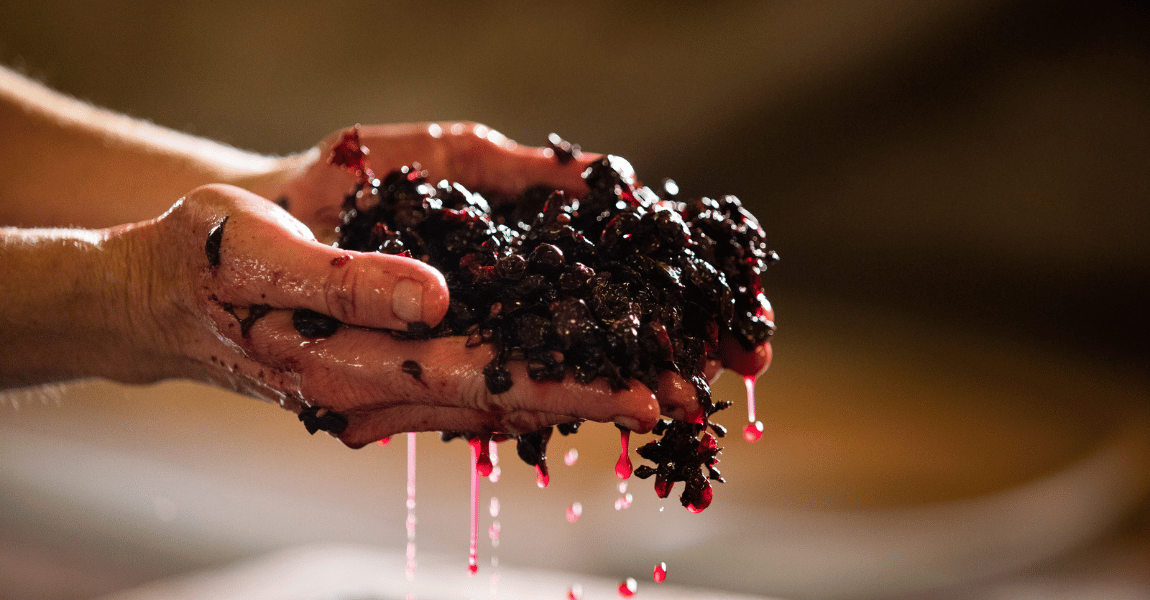
Fining is a pivotal stage in the winemaking process, performed to enhance the clarity, stability, and overall quality of wine before it reaches the bottle.
This technique involves the use of fining agents, substances added to the wine to bind with and remove unwanted particles and impurities.
Through this meticulous process, winemakers can ensure that their final product is not only visually appealing but also stable and flavourful.

Wine has long been considered a staple of social gatherings, fine dining, and relaxation.
However, many people are surprised to learn that most wines are not vegan-friendly.
This is due to the traditional winemaking processes that often involve the use of animal-derived fining agents. These agents are employed to clarify the wine, ensuring a clear and visually appealing final product.
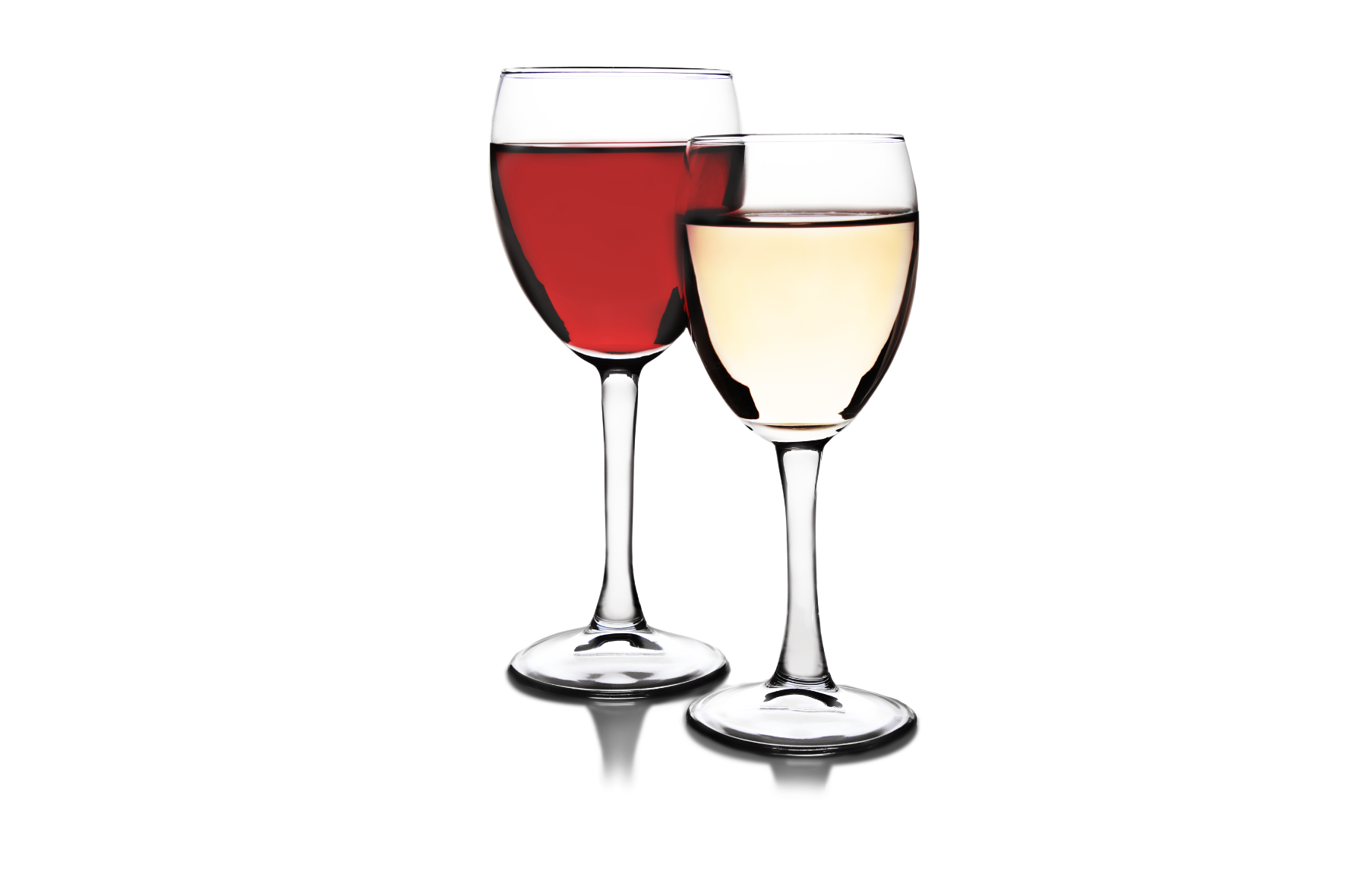
When enjoying a bottle of wine, the question "How many glasses of wine are in a bottle?" often comes up.
This seemingly simple query has a nuanced answer, influenced by factors like the size of the bottle, the type of wine, the size of the pour, and the cultural or situational context.
Whether you're hosting a dinner party, planning a wine-tasting event, or simply savouring a bottle at home, understanding this topic will help you manage portions, appreciate wine’s complexities, and enhance your overall wine experience.
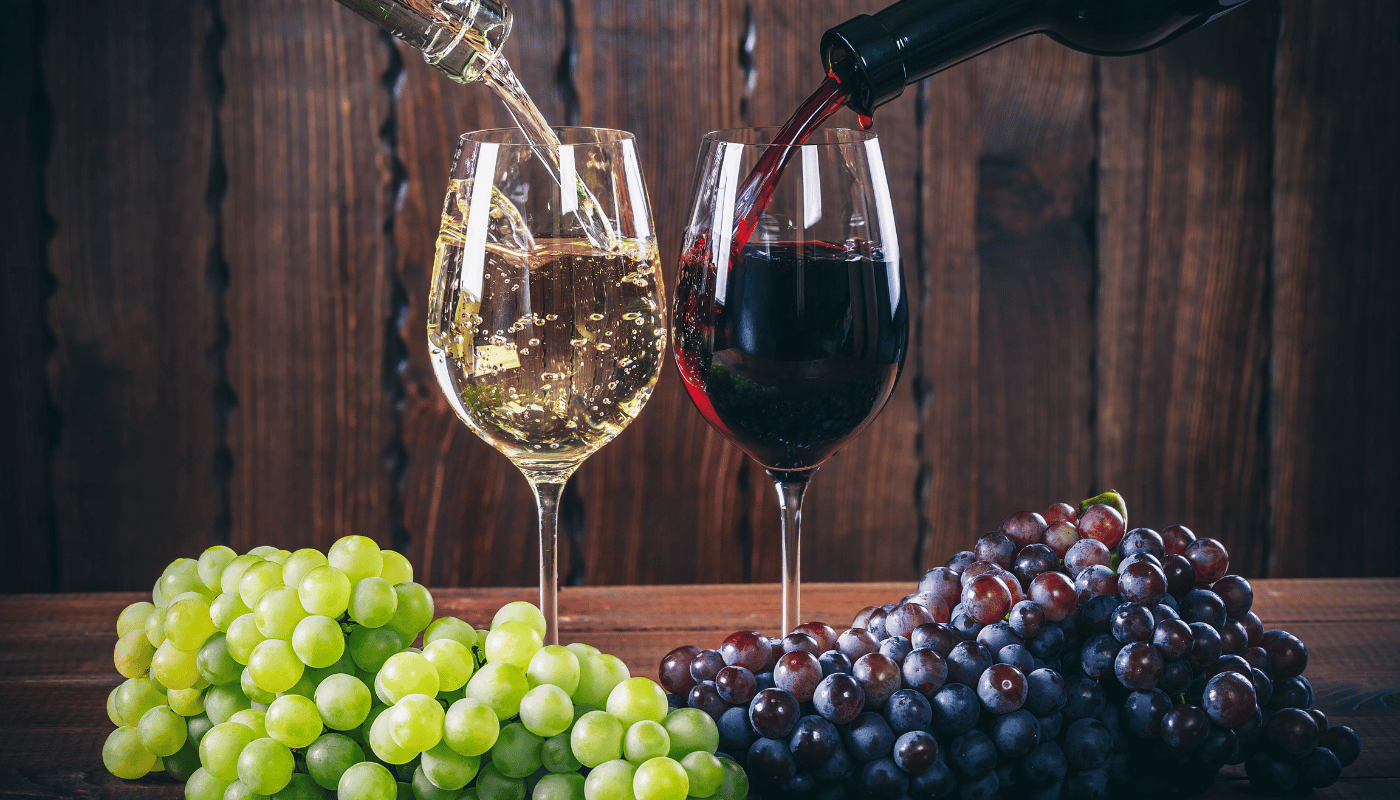
Wine and cheese have long been celebrated as the perfect pairing, but not all wine and cheese combinations are created equal.
A common belief is that red wine is the traditional partner for cheese, often based on the boldness and complexity of red wines.
However, this conventional wisdom doesn’t always hold true. In fact, white wines frequently outshine reds in their ability to complement a wide variety of cheeses, thanks to their acidity, freshness, and lighter body.

